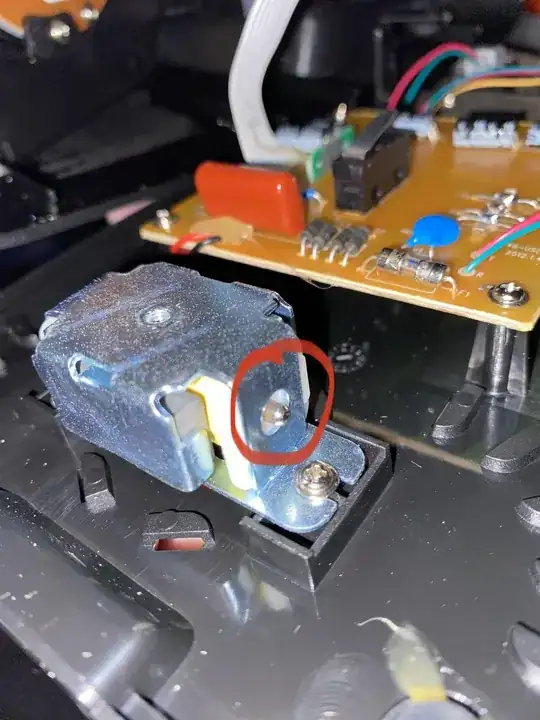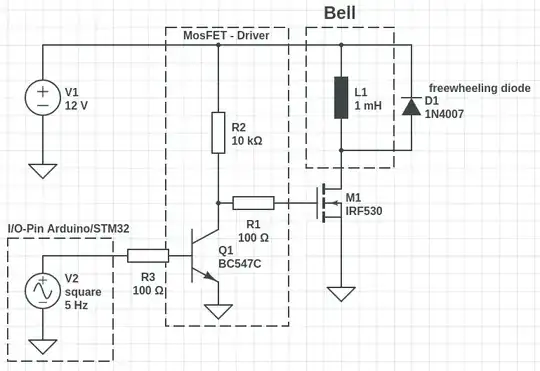I’ve got a recently manufactured “retro” landline phone that I wanted to scavenge some parts from, made in 2012 I think. I’d like to be able to do something with the ringer, which appears a lot simpler and more low power than old rotary phone bell ringers. Anyone seen a motor/actuator like this? Trying to figure out what voltages I’m actually going to be working with. Wondering if I can power this with much smaller AC voltages than typical old phones.
The brass cup screws on over this little motor and you can see in the photos the driver rod which it has on both sides to actuate the bell—I assume it’s one rod/piston/driver… Any idea the part? I cannot find any part numbers on it…. The bell says “Hongfu Sound” which returns very little.
Edit:
Sorry not a retro phone at all, hence the quotations, it’s apparently still for sale below. That’s why I was super curious about the ringer motor because it seems like I could use this more easily with smaller power signals.

